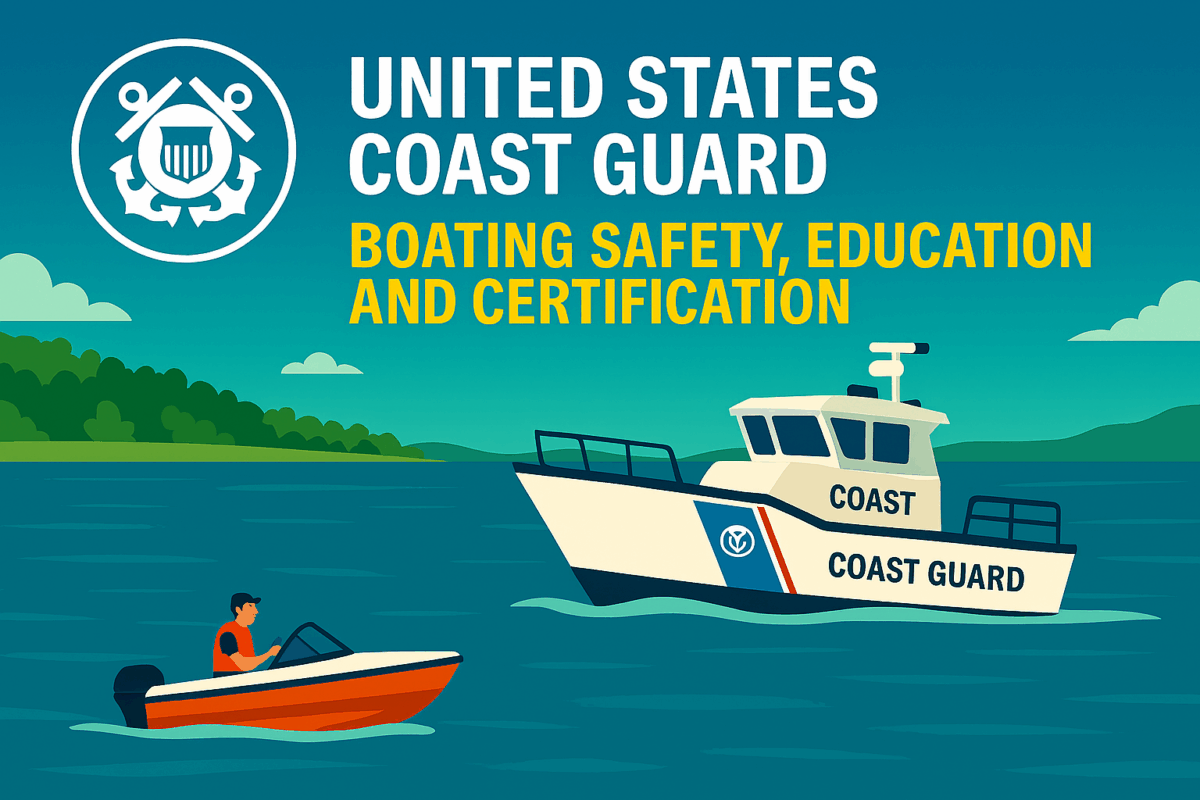Call: 1-800-832-7191

USCG Doctrine
Foundation of Coast Guard Operations the USCG Doctrine
The USCG Doctrine defines how the Coast Guard operates across missions, environments, and partnerships. It reflects the Service’s core values and strategic vision. This doctrine guides decision-making, training, and leadership development throughout the organization.
It draws from centuries of maritime experience and adapts to modern challenges. From search and rescue to national defense, doctrine ensures consistency and effectiveness. Every Coast Guardsman, whether active duty or auxiliary, benefits from understanding these guiding principles.
Principles That Shape Every Mission
At its core, USCG Doctrine emphasizes three operational priorities: safety, security, and stewardship. These principles influence every mission and policy. They ensure the Coast Guard protects people, defends the homeland, and preserves marine resources.
The doctrine also promotes layered maritime security. This approach integrates prevention and response strategies to manage threats and emergencies. It supports collaboration with local, federal, and international partners to strengthen maritime governance.
Leadership and Readiness Standards part of the USCG Doctrine
Doctrine shapes leadership expectations and operational readiness. It encourages disciplined initiative, technical proficiency, and ethical decision-making. These qualities are essential in dynamic maritime environments where conditions change rapidly.
Training programs and evaluations align with doctrinal standards. Leaders use these principles to mentor crews, manage risk, and maintain mission focus. As a result, the Coast Guard remains agile and mission-ready in any scenario.
Evolving with the Maritime Landscape
The USCG Doctrine evolves to meet emerging threats and technologies. Cybersecurity, climate change, and global instability require adaptive strategies. Doctrine provides the framework for innovation while preserving core values and traditions.
Regular updates ensure relevance and effectiveness. Coast Guard personnel are encouraged to study and apply doctrine in daily operations. This shared understanding strengthens unity and mission success across all levels of command.
